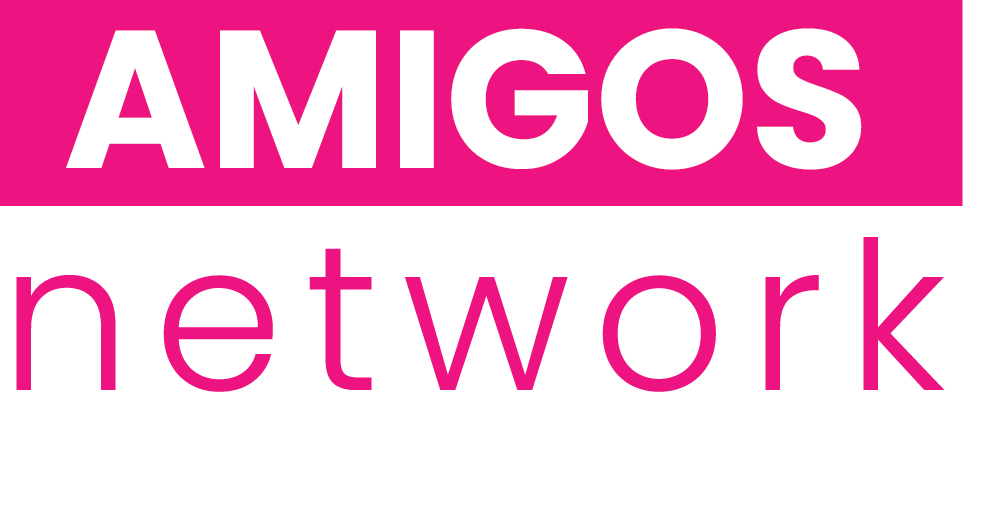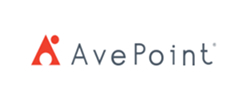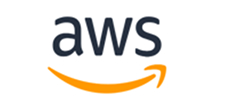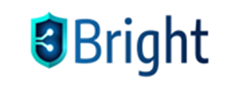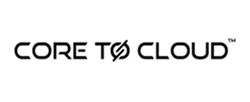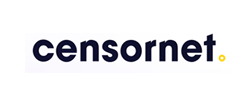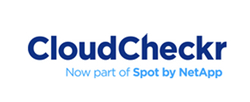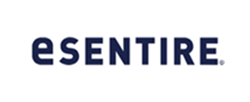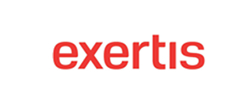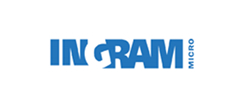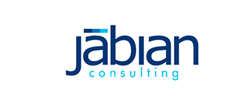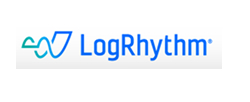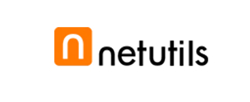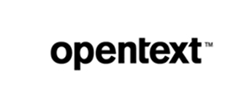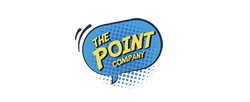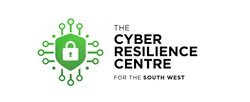Monday, September 02, 2024 by Shelley Hirst
If B2B buyers are the Houdinis of avoiding sales calls, sellers have to become the Sherlock Holmes of sales - clever, persistent, and strategic.
Here we offer some effective tactics to outsmart these common buyer evasion strategies to get that crucial conversation started!
- Master the Art of the Perfect Timing
Timing is everything. If your buyer is notorious for calendar blackouts, try calling at off-peak hours, such as early morning or late afternoon. You might catch them before their day gets fully underway or when they’re winding down. Additionally, use every bit of data analytics to identify when they’re most active online, and time your call to coincide with those moments.
- Use the Multichannel Approach
Don’t just rely on one form of communication. If buyers prefer email, use it to your advantage by creating compelling, personalised messages that spark curiosity. Follow up with a call referencing the email: “I wanted to discuss the idea I mentioned in my email—when do you have five minutes to chat?” A well-coordinated multichannel approach (emails, LinkedIn messages, even direct mail) can make it harder for buyers to dodge you completely.
- Leave Irresistible Voicemails
If your call goes to voicemail, make sure your message stands out. Instead of leaving a generic voicemail guaranteed to get you blocked, mention something specific about their business, a challenge they’re facing, or a recent interaction with your content. Tease a valuable piece of information or insight you can share on the call. The goal is to make the buyer curious enough to want to call you back.
- Enlist Gatekeepers as Allies
Instead of seeing gatekeepers as obstacles, view them as potential allies. Be courteous, respectful, and professional, and explain how your call can genuinely benefit the buyer. Sometimes, a gatekeeper who understands the value of what you’re offering can become a powerful advocate in getting your call through.
- Personalise Your Approach
Buyers may use the “Who Dis?” manoeuvre when they don’t feel a connection to you. Avoid this by deeply personalising your outreach. Reference specific pain points or goals you know they have. If they’ve engaged with your content, mention it. The more personalised your approach, the harder it is for them to feign ignorance.
- Play the Long Game with Persistence and Patience
If buyers are playing the time zone trick or pushing you into the perpetual pipeline, it’s about playing the long game. Patience and persistence win out and after all, you’ve got to be “in it to win it”. Schedule regular check-ins, but keep them brief and value-driven. Always leave the door open for future engagement without being overly pushy.
- Leverage Content as a Conversation Starter
When buyers are information sponges, use this to your advantage. Instead of just sending more content, offer to walk them through it in a quick call. Frame it as an opportunity to discuss how the insights can be directly applied to their business. This positions you as a consultant rather than a salesperson and can make them more willing to engage.
- Simplify Decision-Making
To counter the “silent partner” tactic, simplify the decision-making process for the buyer. Offer clear, actionable steps they can take without needing extensive internal consultation. You can also ask questions that gently push them to disclose the real decision-makers, allowing you to address them directly.
- Stay Top of Mind with Strategic Follow-Ups
When buyers ghost, it doesn’t necessarily mean they’re not interested—it often means they’re overwhelmed with other things that are a bigger priority. Keep following up with short, value-packed messages that reinforce how your solution addresses their specific needs. Vary your communication methods (email, social, even a handwritten note) to stay at the top of your mind without becoming a nuisance.
- Create a Sense of Urgency
Sometimes, buyers need a little push to break out of their avoidance tactics. Creating a sense of urgency—whether it’s a limited-time offer, a new product feature, or a competitor’s activity—can motivate them to pick up the phone. Just ensure the urgency is genuine and tied to something that truly benefits them.
Getting around these buyer evasion tactics requires a mix of strategy, persistence, and empathy. By understanding the motivations behind these behaviours and adapting your approach accordingly, you can break through the barriers and create meaningful, productive conversations with even the most elusive buyers.
Remember, the goal isn’t just to get them on the phone—it’s to engage them in a way that adds value to their decision-making process.
Never lose contact with a prospect
We've helped many businesses just like yours to unleash the full potential of their sales and marketing strategy.
Through a powerful combination of all the essential elements to engage and track buyers throughout their journey, we deliver actionable insights directly associated to your brand, empowering sales teams with the data needed for more informed and impactful conversations.
Don't let opportunities slip away—start engaging your buyers today - check out how Market Activation, follows a straightforward methodology delivering better informed sales conversations for direct sales teams, channel sales teams, distribution teams and partner recruitment programmes!
Frequently Asked Questions
Market Activation identifies in-market buyers (via intent data, behavioural signals) and immediately engages them with tailored outreach (nurture tracks, one-to-one advisor sessions, community invites).
Demand Engine: Targeted outreach (email, ads, sponsorships) that scores clicks → qualified leads → sales-ready appointments.
Performance Dashboard: Real-time visibility into open rates, CTOR, CPL and lead progression via our online sales portal.
Content Amplification: Thought leadership shared in The Amigos Network drives deeper engagement and social proof.
Peer Validation: Prospects get candid feedback from peers on your solutions, shortening the evaluation cycle.
Pipeline Catalysis: Warm introductions and referral paths within the community fuel high- intent conversations.
- Top-of-Funnel: Build credibility through community content and events.
- Mid-Funnel: Leverage peer case studies, expert Q&As, and live demos to answer deep technical questions.
- Bottom-of-Funnel: Invite high-intent members to advisory councils or private 1:1 sessions, often the final nudge before purchase.
- Interesting content: We originate, curate, and syndicate different types of content we know our audiences want to engage with and tell them it’s there.
- Sponsored content: We use sponsored content to drive engagement with individual brands.
- Promotion: We promote that content via multiple channels such as email, social media, YouTube, and so on.
- Identification: We ingest company-level engagement signals and combine it with known contacts that may be researching key topics.
- Segmentation: Members are bucketed by level of intent (high, medium, low) plus ICP fit and company size.
- Activation: High-intent members receive prioritised community invitations (events, focus groups, product deep-dives) to accelerate deals.
- Purchased data highlights who’s in-market.
- Community engagement reveals what questions they’re asking, so your nurture can be hyper-relevant.
- Result: A 2–3× lift in meeting acceptance and pipeline velocity vs. cold outreach alone.
- Marketing owns the nurture tracks, community invites, educational content, and event promos.
- Sales intervenes only at “high-intent + active community engagement” thresholds, with account-specific demos and peer introductions.
- Outcome: Fewer wasted calls and a higher win rate on truly qualified opportunities.
- Engagement Metrics: Community log-ins, event attendance, content downloads.
- Intent Conversion: % of intent-scored members who join private roundtables or request demos.
- Pipeline Velocity: Time from first community touch to opportunity creation.
- Revenue Impact: Contribution of community-sourced deals to overall bookings.
- Average Weekly Open Rate: 40%
- Average Weekly Click-to-Open Rate: 70%
- Average Cost-per-Lead: £45
- Minimum ROI: 500%
- Average Dwell Times: 1 minute 45 seconds
